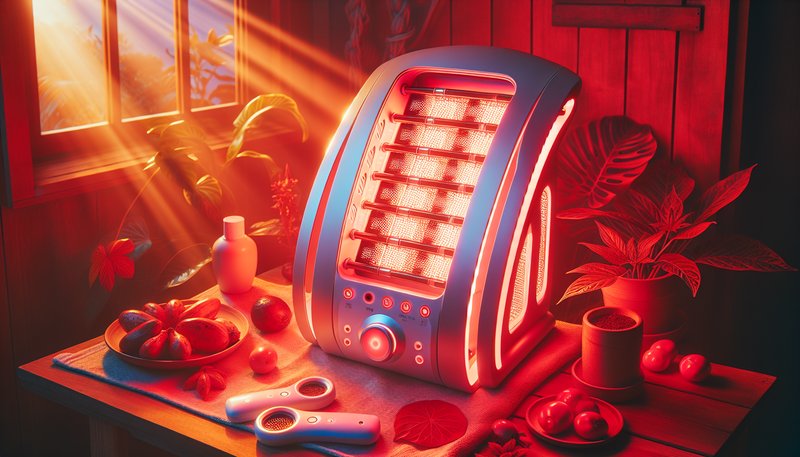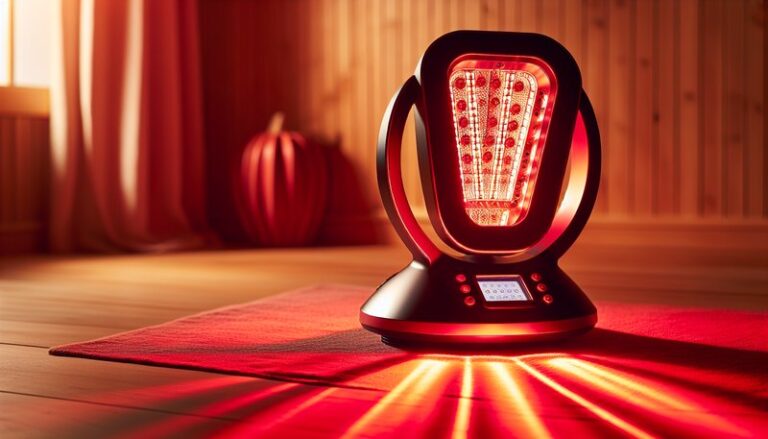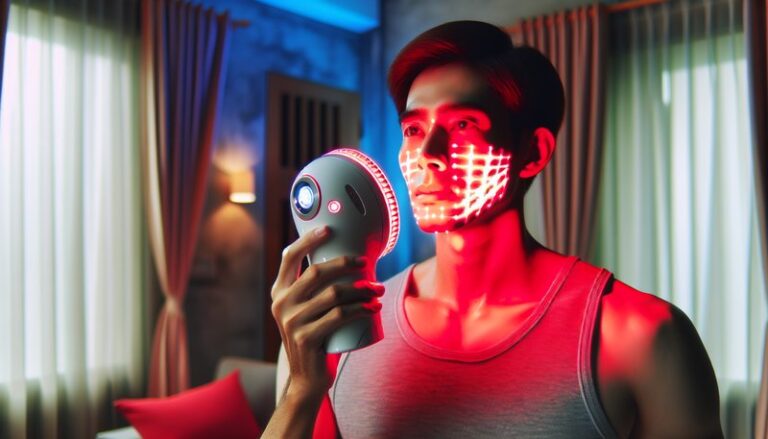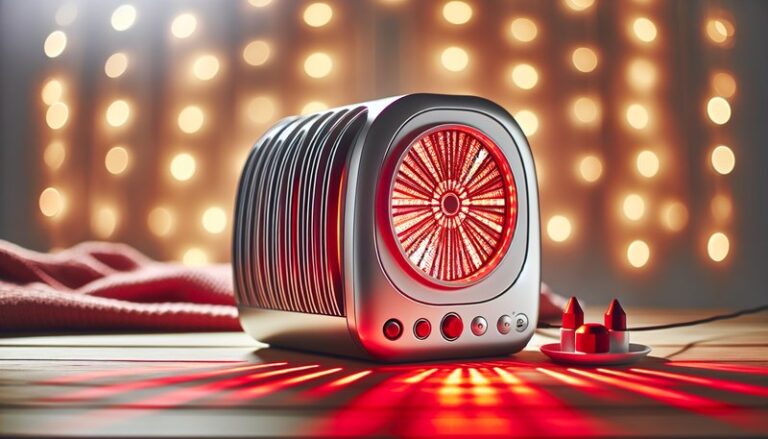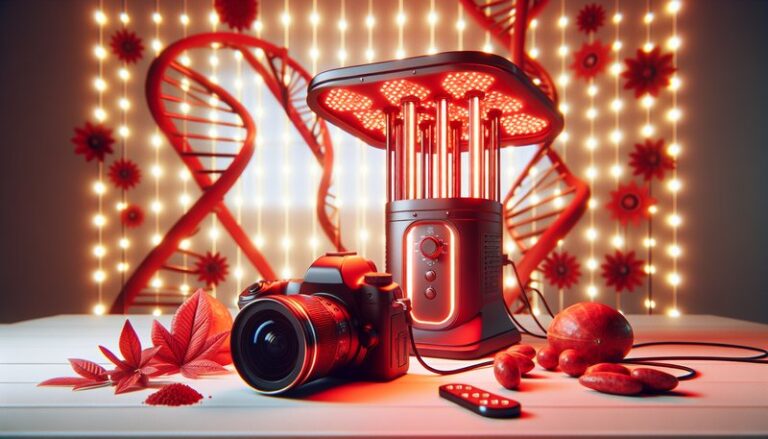How Often Red Light Therapy?
Are you considering incorporating red light therapy into your wellness routine but unsure how often to use it for optimal results?
In this article, we will explore the frequency of red light therapy sessions, its benefits, and what to consider before diving into this innovative treatment. By the end, you’ll have a clearer understanding of how to fit red light therapy into your life effectively.
Key Takeaways
- Red light therapy can be used several times a week for best results, depending on individual goals.
- Benefits of red light therapy include improved skin health, reduced pain and inflammation, as well as enhanced muscle recovery.
- Consulting with a healthcare professional before starting any new therapy is recommended to personalize your treatment plan.
What is Red Light Therapy?
Red light therapy (RLT) involves the use of low-level wavelengths of red light to treat various health and cosmetic issues. The therapy works by penetrating the skin, energizing cells, and promoting healing processes.
Typically delivered via LED devices, RLT is non-invasive and painless. It has gained popularity for its versatility in addressing a range of ailments, from skin rejuvenation to pain alleviation.
How Does Red Light Therapy Work?
Red light therapy stimulates mitochondria, the powerhouse of the cell, to produce more adenosine triphosphate (ATP), leading to increased cellular energy. This process accelerates healing, reduces inflammation, and can even promote the production of collagen.
What are the Benefits of Red Light Therapy?
Red light therapy boasts a variety of advantages, making it a compelling addition to many wellness routines. Let’s explore these benefits further.
Improved Skin Health
Red light therapy has been shown to enhance skin complexion by reducing wrinkles and fine lines, promoting collagen production, and improving overall skin texture. Users often report a noticeable glow and smoother skin after consistent treatments.
Pain Relief and Reduced Inflammation
Studies have demonstrated that red light therapy can effectively reduce joint pain and muscle soreness. Athletes frequently use it for faster recovery post-exercise, as it helps mitigate inflammation and accelerates healing processes.
Enhanced Muscle Recovery
Red light therapy has proven benefits in accelerating muscle recovery and improving performance. Research indicates that it can reduce muscle fatigue, making it popular among fitness enthusiasts and professional athletes alike.
Additional Benefits
- Mood Enhancement: Exposure to red light may also improve mood and decrease symptoms of seasonal affective disorder (SAD).
- Hair Growth: Some studies suggest that RLT can promote hair regrowth for those experiencing hair thinning or alopecia.
- Wound Healing: It aids in faster healing of wounds and scars by enhancing circulation and cell rejuvenation.
Is it Possible to Use Red Light Therapy Daily?
The potential for daily use of red light therapy varies according to individual needs and goals. While some people find daily sessions beneficial, others may achieve adequate results with fewer applications.
What are the Advantages of Daily Use?
Engaging in daily red light therapy can lead to:
- Faster Results: Regular exposure may accelerate desired outcomes, whether they be cosmetic or therapeutic.
- Improved Consistency: A daily routine helps establish consistency, ensuring you stick with the therapy.
- Enhanced Adaptation: Over time, the body may become more responsive to the treatment, maximizing results.
What are the Disadvantages of Daily Use?
While daily usage can be beneficial, it’s essential to consider potential downsides:
- Risk of Overexposure: Too frequent sessions may result in skin irritation or diminished returns.
- Time Commitment: Daily sessions require a commitment of time and resources that may not be feasible for everyone.
- Increased Costs: Using professional services can lead to higher expenses if opting for clinic treatments frequently.
What are the Things to Consider Before Starting Red Light Therapy?
Before committing to a red light therapy regimen, consider these important factors to optimize your experience.
Personal Goals
Determining your specific objectives—be it pain relief, skin improvement, or muscle recovery—can guide how often you should undergo therapy.
Skin Type and Sensitivity
Individuals with sensitive skin should start with fewer sessions to monitor their skin’s reaction before gradually increasing frequency.
Medical Conditions
Consulting with a healthcare professional is vital, particularly for those with existing medical conditions or those taking medications that may cause photosensitivity.
Available Equipment
Consider whether you wish to use at-home devices or visit a professional clinic, as this can significantly influence frequency. At-home devices usually allow for more flexible and potentially frequent sessions.
What are the Alternatives to Red Light Therapy?
If red light therapy does not align with your needs, several alternatives may offer similar benefits.
Cold Laser Therapy
Similar to RLT, cold laser therapy uses low-level laser light to stimulate healing and reduce pain but often focuses on a narrower wavelength.
Infrared Saunas
Infrared saunas utilize infrared light to penetrate the body and enhance detoxification, promote relaxation, and assist in pain relief.
Topical Treatments
Many creams and serums, particularly those containing retinoids or hyaluronic acid, can enhance skin health and provide anti-aging benefits.
Physical Therapy
For pain management and muscle recovery, physical therapy offers personalized treatment plans tailored to individual needs and conditions.
Conclusion: Is it Recommended to Use Red Light Therapy Regularly?
Conclusively, red light therapy can be a beneficial addition to your health and wellness routine. The frequency of use depends greatly on personal objectives and circumstances. Individuals may find value in several sessions per week, while others may opt for less frequent applications depending on their response and results.
For the best experience, it’s advisable to consult with healthcare professionals who can tailor recommendations based on individual needs and monitor progress.
Find out in Red Light Therapy Bed
Frequently Asked Questions
How long should each red light therapy session last?
Each session typically lasts between 10 to 20 minutes, depending on the device and treatment goals.
Can I use red light therapy for acne?
Yes, red light therapy can help in reducing acne inflammation and promoting healing, making it a useful adjunct to traditional acne treatments.
Is red light therapy safe for everyone?
Red light therapy is generally considered safe; however, individuals with certain health conditions or who are pregnant should consult a doctor beforehand.
Discover more in Red Light Therapy for Hair
How soon can I expect results from red light therapy?
Results can vary; some individuals report improvements after a few sessions, while others may take several weeks to notice significant changes.
Are there any side effects of red light therapy?
Side effects are rare but can include mild skin irritation or temporary discoloration.
